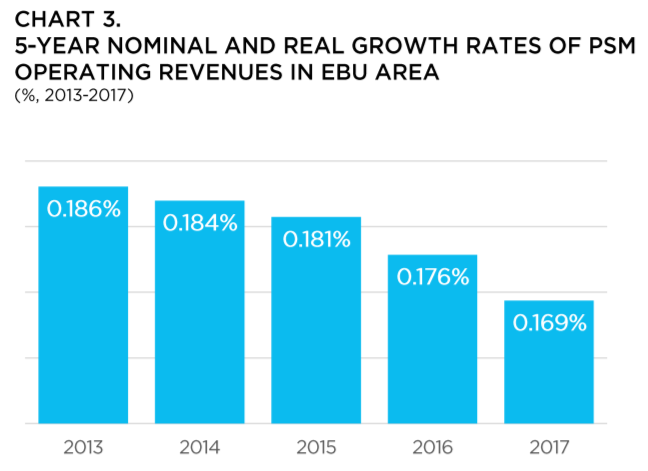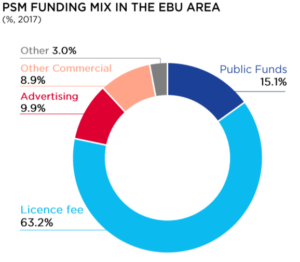Recently I spent a couple of days at the DVB World event in Dublin – an occasion when broadcasters and service providers get together to talk about TV and broadcasting. One of the topics was 8K and EBU consultant and long time TV technology guru, David Wood, gave a talk on the topic. So what do DVB members think of the technology?

Well, before and after talking about 8K, Wood conducted a quick poll to check who thought 8K was important. It turns out that very few of those present think it is at all significant or important. That’s not a surprise as many of those present are from public service broadcasters (PSBs) and in many cases are still trying to convert to HD, with, perhaps, a thought of one day moving some content to UltraHD (4K). It’s interesting to contrast the different views on higher video quality between commercial broadcasters, Pay TV operators and PSBs.
The transition to HDTV is instructive when you look at what happened in the US. Broadcasters were not that interested in investing huge amounts in better content, but there was a special factor – DirecTV. The company was providing direct-to-home (DTH) satellite and, relatively, it had plenty of bandwidth to play with, especially when compared to terrestrial broadcasters, so it was able to offer an HD service as a premium channel. Because of its relationship with its subscribers it was able to promote the channel as an extra cost option. Once you get used to HD, it’s hard to go back to SD, and DirecTV gradually pulled in wealthier subscribers – pulling them away from other broadcasters.
That was bad news for the channels that were advertising funded as their advertisers wanted access to these wealthier viewers, and it meant that they really had no choice but to start to develop HD services to compete and keep their advertisers happy, so, by and large, much of US broadcast moved to HD.
Europe is Different
It’s quite different in Europe, where there are so many public service broadcasters that are funded by licence fees, taxation of various kinds or direct government funding. This means that finance can be a real challenge when the government is under economic pressure. Extremes can be reached – in June 2013, the Greek government shut down its PSB, ERT. It re-opened in 2015 but it illustrates the difficulties. Now, if you are tax funded, it can be hard to justify investing in leading edge TV technology. First, especially early on, few citizens would be able to view the content, and then only the wealthier consumers. That’s not a good demographic if you want wide political support for investment.
PSM Funding Mix – Source:EBU
The result of the financial structures being the way they are is that PSBs tend to have very long investment cycles and often would rather put more money into content than into technology. Unlike Pay TV suppliers, they have no way of charging more to provide more quality.
 PSB revenue growth has been almost non-existent in recent years. Source:EBU
PSB revenue growth has been almost non-existent in recent years. Source:EBU
Further, as I mentioned in my previous report from DVB World, countries such as France depend on terrestrial broadcast and bandwidth is under huge pressure from a variety of sources. That also makes higher pixel formats (and HDR and HFR) more difficult, even though better codecs are coming along.
Finally, there’s no point in broadcasting at higher quality if you have no content, and as with the broadcast infrastructure, the investment cycles in studios, cameras and other equipment can be incredibly long for PSBs.
The Sting in the Tail
However, there’s a sting in the tail and that is the arrival of OTT content via the internet. That was, of course, a huge topic at the event, but not in the discussion about 8K, which surprised me a little. That’s because the reality is that to some extent now, and as we go forward, increasingly, internet providers such as Netflix, Amazon and now Apple, are not restricted in the amount of content that they can send. So, if set makers go to 8K (which they are doing and will do for the reasons that I first wrote about in 2017 8K is Closer than You Think ) and content creators and services such as Netflix decide to go 8K, broadcasters may simply accelerate the increase in competitive pressure from these providers. BR
(Note that a report on PSMs in Europe is available for free download from the EBU)

